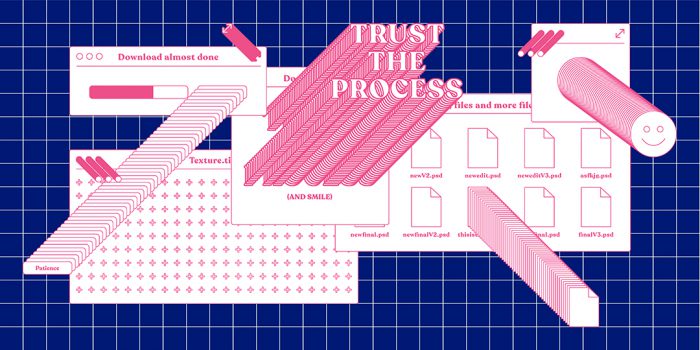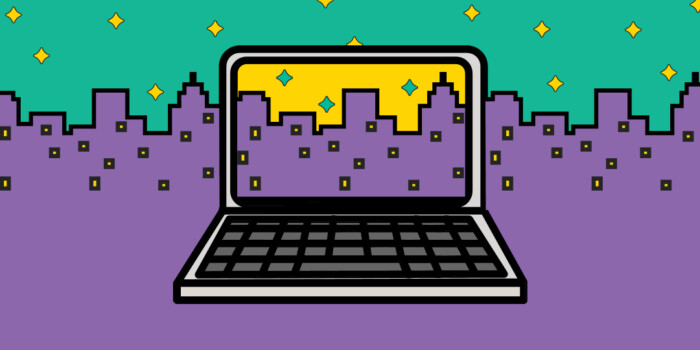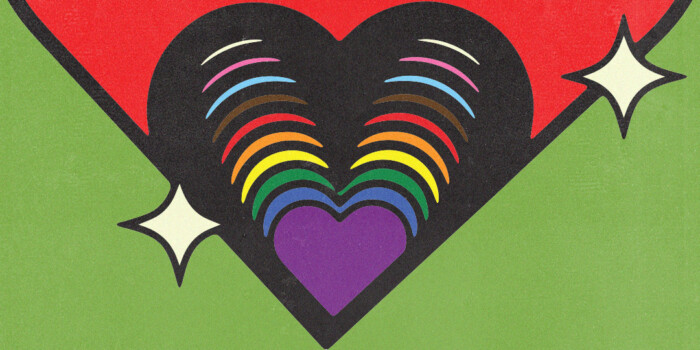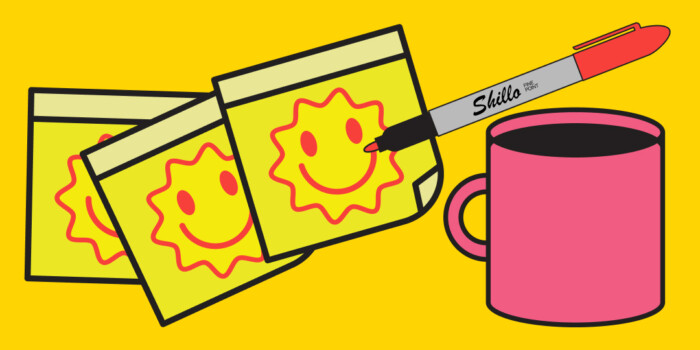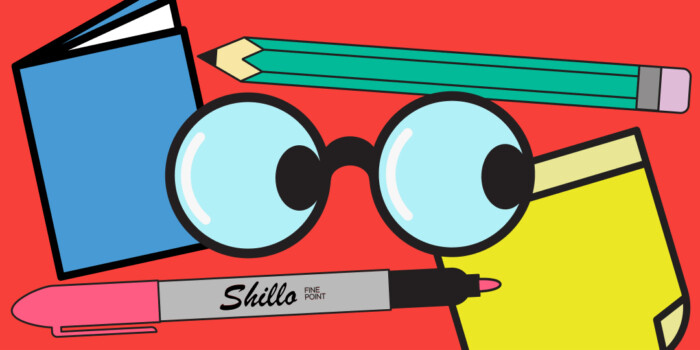Communication Design: What Is It & Everything Else You Need to Know
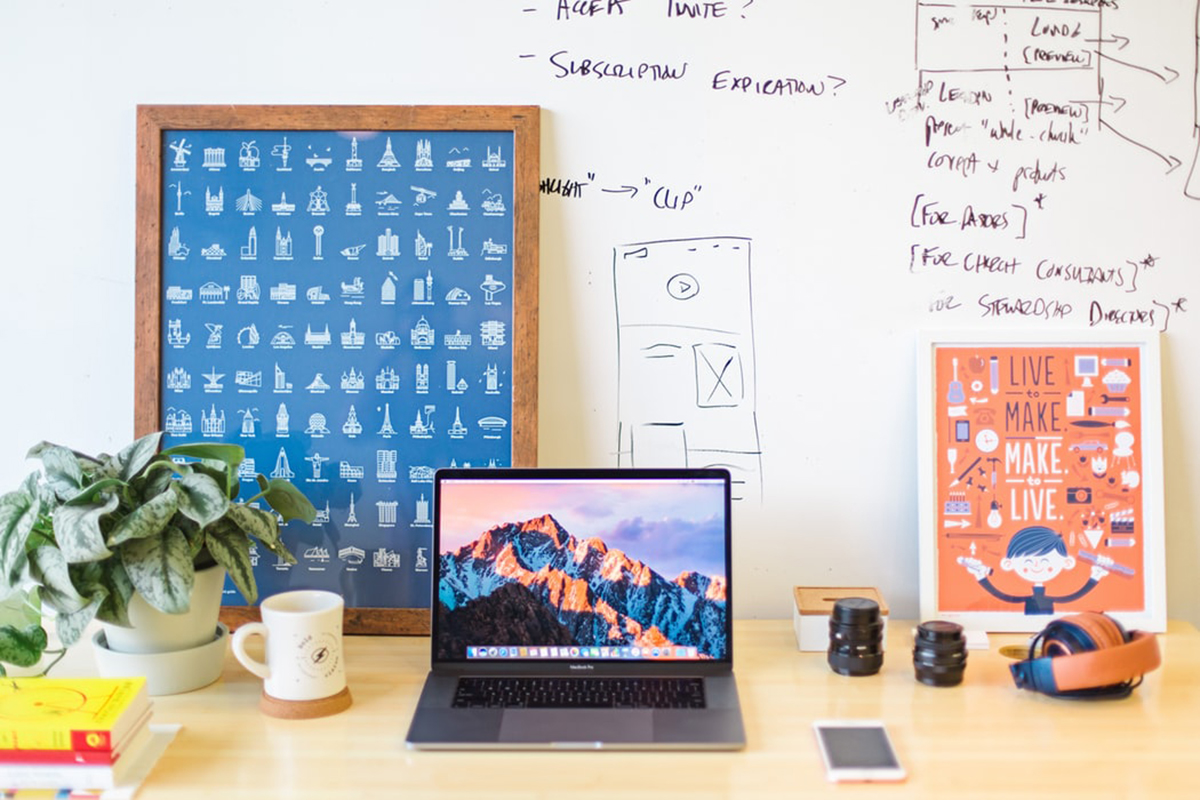
Abstract painters express themselves through their art, leaving the viewer to interpret the work however they want. In many ways, the art is more about the viewer’s experience than about the actual art itself. The artist’s intentions aren’t really what’s important.
Communication design is the opposite of this. The responsibility of a communication designer is to develop the relationship between the viewer and visuals. Before they know what the visuals will look like, a communication designer will consider the message they want to communicate and how to strategically engage the viewer. They will consider what will capture a viewer’s attention first, the common associations that audiences have, and the psychology behind how design elements affect someone’s mood. They create designs that communicate a message faster than words can, but make sure that the messaging is also clear and compelling.
The communication design definition, put more simply, would be utilizing visuals that strategically express information. As technological advancements open the graphic design industry up to change, design becomes even more prevalent in our world. As a result, quality design is more important than ever, which makes it more competitive than ever.
Before we talk more about the specifics of what communication designers do, it’s important to understand how communication design fits into the bigger context of graphic design.
Graphic Design vs Communication Design vs Visual Communication
One of the best ways to define something is to compare it to similar terms.
For years, graphic design was really the only term people used to express visual design. It makes sense, as it’s the term most people are familiar with. It can encompass the entire field of using visuals to deliver a message, or it can be used to discuss a specific, small part of design. Some people may use graphic design in the context of layout and composition, and also use it to only refer to the tools of creating graphics, like Photoshop. When a marketing department brings in a graphic designer, they are often hiring them to handle one specific task of design creation instead of handling the entire marketing campaign. In this context, graphic design only means the practice of creating visuals, as opposed to being a general term to cover all areas for modern designers.
Communication design is specifically used when discussing the strategy involved in expressing information through visual design. For communication designers, this can become the foundation for how they think about visuals and is, then, the real definition of what they do. Those who work in communication design may work in fields like branding, advertising, or web and app design. Their job isn’t just about the craft of creating stunning graphics, but about realizing the power of what their work can communicate and then using that to its fullest extent. If a graphic designer was hired to handle one visual element, a communication designer would be hired to both create visuals and to handle communicating a company’s message to their audience. They would see the whole picture of the campaign from start to finish.
The term visual communication is largely interchangeable with communication design and is, again, about strategically telling a story to an audience. If a communication designer was working on a billboard, they could use keywords, graphics, and design choices to visually communicate a specific message to the audience as they drive by.
While these finer point definitions draw lines between these terms and give you a better idea of the roles designers play in creating finished work, it’s the context of the conversation that will define what someone means when they talk about graphic design and communication design. If someone says they are a communication designer, you will immediately understand that means they are creating strategic visuals that express a specific message. If someone tells you they are a graphic designer, you may have to ask more questions to determine if they are working in communication design or, more specifically, working to create visuals of various uses.
Examples of Communication Design
When someone studies communications design, they come away with a degree that has them ready for a wide range of jobs.
A communication designer is ready with the creative and technical skills to create visually arresting graphics and the professional skills to handle large, complex projects.
Below are a few examples of careers pursued by professionals who studied communication design:
Corporate Design and Branding
Communication designers who understand the nuances of successfully branding a business are in high demand. Every company wants to establish a unique identity in their respective field and stand out from their competitors in order to develop strong relationships with their audience base. A company’s ability to get noticed by more people leads to a more profitable business, so if a communication designer can showcase how they understand the relationship between design and branding — visuals and storytelling — they become an asset to a company wanting to expand.
Branding is largely about logos, colors, and typography, but it’s also more than that. Whatever design element you’re creating for a brand, it needs to be purposeful. Even color choice can have a serious impact. Studies show that color is directly linked to the purchasing decisions of most consumers — and these same consumers know that the right color choice or combination increases brand recognition. A perfect example of this? Target. Their bulls eye is not only one of the most nationally recognized logos, the red color also exemplifies passion and action and nudges consumers to make more urgent purchases. Based on the internet’s obsession with Target memes, it’s clear that their strategy is working.
A communication designer understands how to take these elements and utilize them to convey a specific mood. From color to font to layout to language, every design choice will make an impact on the company brand.
Advertising Campaigns
Many communication designers work in advertising. This can mean online video and static image campaigns, billboards, television commercials, and marketing materials like brochures, stationery, and business cards. While every designer working in advertising isn’t handling all of these types of projects, many take on work in multiple areas.
Advertising, just like branding, is a crucial part of any business. This demands a high level of creativity to create something truly unique and eye-catching, all while ensuring the entire message of the campaign isn’t lost. Some designers chose humor, like when Schick created a series of men sporting literal ‘beastly’ beards of animals to encourage men to shave. Or they can be weird yet practical, like when Ikea designed an ad for a new crib that also doubled as a pregnancy test. Or they can be inspirational, like when Shanghai General Motors created a campaign raising awareness for car safety by using real accident victims to get the earnestness of the message across.
Book Cover Design
Yes, people do judge books by their covers. It’s important that a book cover design appeals to a certain audience, exemplifies a specific genre, and can communicate plot details all at the same time. Every design should reflect the book’s purpose. Dark Horse Comics, Inc. won an award for their colorful, chaotic design of Fight Club 2 (Library Edition), an homage to the dysfunctional characters featured in the book. Whereas the award-winning design for A Vicious Example featured dark, sinister, and ghostly depictions of buildings to give reference to the author’s time spent as a nocturnal security guard.
At Shillington, we task our students to think outside the box (so, literally outside of their computers) to create handmade designs for books, albums, and movie posters. This is a great twist on creating cover art, as handmade designs require more creative thought and energy. See some of their best designs here!
Photojournalist
While many may assume that a photojournalist would study photography, a degree in communications design would be useful as a photojournalist today. When you publish photos in major publications, you need to both understand the technical elements of visual design and the story you are conveying to your audience, which are the basis of what communication design is all about.
Web Design
The internet has become an essential part of many people’s lives, and as such, new websites are created every day. Designers are needed to build effective sites that flow well, have visuals that communicate specific messages, and function on many different devices. As is true for most graphic design fields today, web design changes rapidly and is an exciting and competitive field. You could be hired to work as the designer for one company, be part of a design agency, or work independently and take on clients as a freelancer.
Mobile App Design
We continue to see a steady increase in the number of people who rely on their smartphones as part of their everyday lives, whether it’s for social connection, news, shopping, or work. Technology isn’t going anywhere, so it’s important that mobile web and app design continues to evolve. Mobile app designers may be hired by a company to create and manage their app, or they may create their own products and sell them through their own company.
This type of design work requires a lot of technical skills and an understanding of how visuals appear on various screens, paying close attention to user experience. An app must be visually appealing, but also easy to use. Shillington Education student Theodora Lamprinaki designed a cycling app called Cymplify as part of her coursework where residents of Oxford city could combine cycling with sight-seeing.
Packaging and Label Creation
People shop with their eyes. A great designer knows this and will carefully design packages and labels to stand out, either on the shelves of a store or on an online store. You may be hired to design a label for a bottle of wine, the information tag for a new clothing line, or the packaging materials for an online retailer. When it comes to packaging and label creation, there are so many opportunities for designers.
A communication designer needs to think about the visual presence of the package or label, but they must also think about how to make it practical as well. If you were creating a design that wraps around a bottle, you’ll need to think about the space and movement of the package and how it will need to change for a wine bottle versus a soda can. If you were designing the packaging for an online retailer, you would want to think about the customer experience from the moment it arrives in the mail to when they open it to what’s inside the box. Shillington student Majo Crespo uses color to tell a story for this new (pretend) candle brand, drawing on botanical elements to create a unique product. Majo describes it is: “A brand inspired by nature for the empowerment of women.
The Power of Communication Design
Communication design incorporates the elements of great graphic design and takes things a step further by considering the way audiences understand visuals.
When done well, audiences often aren’t even aware of all the information they were able to gather from just one visual. As a communication designer, it’s your job to fill the world with effective, beautiful work that also helps to communicate a larger message. What messages will your work convey?
At Shillington, we teach communication design and students learn design theory, gain technical skills and get to work on 30+ briefs ranging from print advertisements to thinking in 3D with packaging to designing a digital app. Learn about our online graphic design course and how you can become a designer!
Want to win some amazing prizes and stay in the loop with all things Shillington? Sign up to our newsletter to automatically go in the draw.


